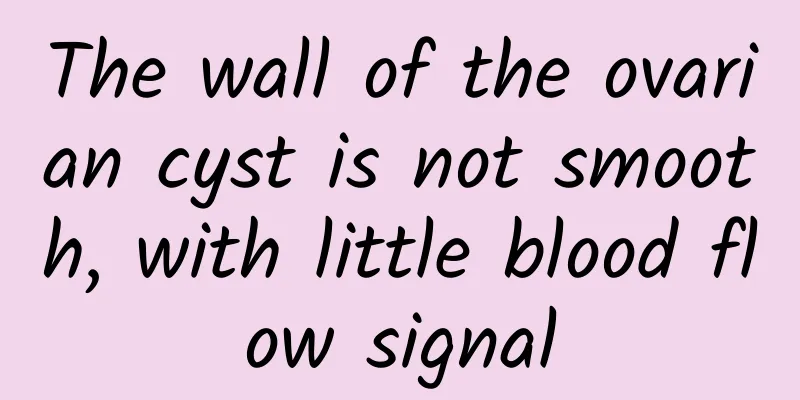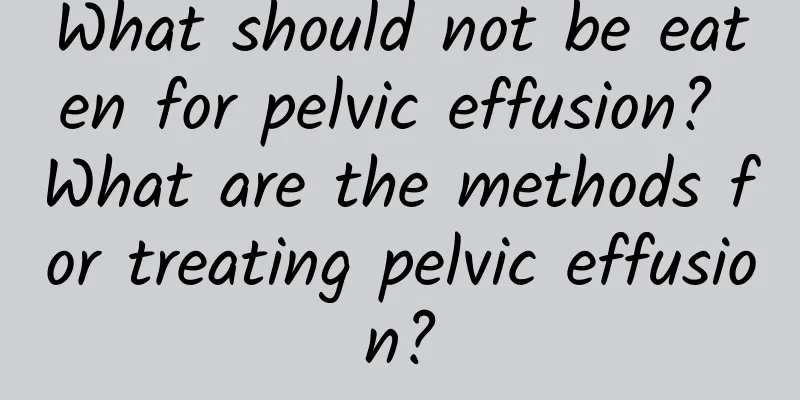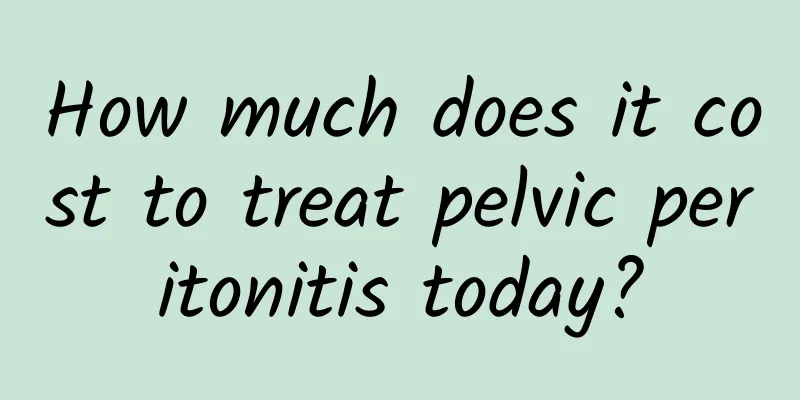The difference between cervical adhesions and intrauterine adhesions

|
Cervical adhesions and intrauterine adhesions are two different gynecological diseases, the main difference being the location and cause of occurrence. Cervical adhesions occur in the cervix and are usually caused by surgery, infection or inflammation; intrauterine adhesions occur in the uterine cavity and are often related to intrauterine operation, infection or endometrial damage. Treatment requires medication, surgery or physical therapy depending on the specific cause. 1. Cervical adhesion Cervical adhesions are adhesions of the mucous membrane lining the cervical canal, which can lead to cervical stenosis or occlusion. Common causes include cervical surgery such as cervical conization, infection such as cervicitis, or inflammation. Symptoms may include menstrual abnormalities, infertility, or dysmenorrhea. Treatments include: Drug treatment: Use antibiotics to treat infection, or hormone drugs to promote repair of cervical mucosa. Surgical treatment: separation of adhesions by cervical dilation or hysteroscopy. Physical therapy: Such as heat or physical therapy, to help relieve inflammation and improve blood circulation. 2. Intrauterine adhesions Intrauterine adhesions refer to adhesions of the endometrial layer in the uterine cavity, which are commonly caused by intrauterine operations such as artificial abortion, curettage, or infection or endometrial damage. Symptoms include decreased menstrual flow, amenorrhea or infertility. Treatments include: Medical treatment: Estrogen to promote endometrial repair, or antibiotics to treat infection. Surgical treatment: Separate adhesions through hysteroscopic surgery and restore the normal shape of the uterine cavity. Auxiliary treatment: Place an intrauterine contraceptive device or use anti-adhesion gel after surgery to prevent re-adhesion. 3. Prevention and daily care Whether it is cervical adhesion or intrauterine adhesion, prevention is the key. Avoid unnecessary intrauterine operation, pay attention to personal hygiene, and prevent infection. Regular gynecological examinations are especially important for women with a history of surgery or infection. In terms of diet, you can eat more foods rich in vitamins and proteins, such as fresh vegetables, fruits, and fish, to enhance immunity. Appropriate exercise, such as yoga or walking, can also help improve pelvic blood circulation. Although cervical adhesions and intrauterine adhesions occur in different locations, they can both have serious effects on women's health. Early detection and treatment are key. Women with related symptoms are advised to seek medical attention in a timely manner and receive professional diagnosis and treatment. Scientific treatment and daily care can effectively improve symptoms and improve quality of life. |
<<: Will there be abnormal vaginal discharge after having the IUD inserted?
>>: How to treat abnormal leucorrhea with foul odor
Recommend
What are the symptoms of bacterial vaginosis during menstruation?
Bacterial vaginosis is a common problem that inte...
Typical symptoms of irregular menstruation
There are many things that happen during a woman&...
What are the causes of cervical erosion? Summary of the causes of cervical erosion in women
Cervical erosion is common in married women. Comm...
How is menopause diagnosed?
Menopause is a problem that every female friend h...
What is uterine fibroid bleeding? Symptoms of uterine fibroid bleeding
What is uterine fibroid bleeding? - Learn about t...
What are the causes of vaginitis?
Vaginitis is the most common inflammation of the ...
Tell you what are the main manifestations of adnexitis
Adnexitis is common in life, but most people don&...
What is the best treatment for congenital absence of vagina?
During the differentiation and formation of sexua...
Self-care methods for women with dysmenorrhea
Dysmenorrhea refers to the symptoms of backache, ...
Can Bartholinitis Affect Life Expectancy?
As the diseases around us continue to increase, w...
What are the symptoms of pelvic peritonitis?
What are the symptoms of pelvic peritonitis? This...
Surgical cure rate of cervical precancerous lesions
Clinical follow-up observations show that it take...
What should be paid attention to in uterine fibroid surgery? What are the types of uterine fibroids?
It is necessary to master the precautions of uter...
What is the difference between pelvic inflammatory disease and cervicitis?
What is the difference between pelvic inflammator...
Common causes of vulvar leukoplakia
Because people do not pay much attention to the d...









